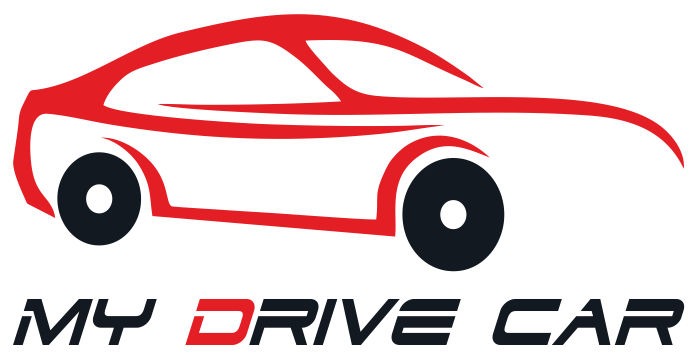The Challenges Of Writing About Driving
Writing about driving might seem simple, but it comes with its own set of challenges. Whether you’re composing an informative article, a safety guide, or a personal experience story, there are several aspects to consider. In this post, you will find out the biggest challenges writers face when tackling the topic of driving.
Common Writing Issues
Failure to meet deadlines, too many requirements, and difficulties when choosing a topic are among the most common issues for most learners. Furthermore, many of them suffer from a “fear of a blank page” or might not be very skilled in writing. The good news is that students can overcome those difficulties by getting help from the essayshark writers or other professionals available on the websites that provide academic assistance.
However, how to choose a service that will complete your paper on time and do it perfectly? For these purposes, it is easy to explore the reviews of using writing websites shared by other learners or read a complete checkup of essayshark services. This approach helps students identify the most reputable services and succeed in writing.
Technical Jargon
One significant challenge in writing about driving is the use of technical jargon. The automotive world is filled with complex terms that might confuse the writer. From discussing engine components to explaining transmission systems, students need to provide only up-to-date and accurate information. To overcome this challenge, it’s important to define technical terms and use simple analogies or comparisons that relate to everyday experiences.
Addressing Safety Concerns
Safety is paramount when discussing driving. Writers must address safety concerns in a clear and effective manner. Whether it’s about avoiding distractions, understanding road signs, or practicing defensive driving, conveying safety tips is crucial. However, the challenge lies in making safety information engaging rather than preachy. Utilizing real-life examples can help learners show off the importance of safe driving practices. Additionally, incorporating statistics about accidents and their causes can drive home the point about the significance of responsible driving behavior.
Legal and Regulatory Nuances
Navigating the legal and regulatory landscape of driving can be intricate, especially considering that traffic laws can vary by jurisdiction. This challenge can be managed by focusing on broader driving principles that apply in most places, such as obeying speed limits and following traffic signals. It’s also helpful to direct readers to official sources for specific legal information to offer the most accurate guidance.
Cultural and Regional Differences
Driving norms and behaviors can vary widely across cultures and regions. What’s considered courteous driving in one place might be seen as aggressive in another. This presents a challenge for writers when trying to provide universal advice. To tackle this, students should offer guidelines that are broadly applicable while also acknowledging the diversity of driving cultures.
Evolving Technology
In today’s rapidly changing world, technology plays a significant role in driving. From electric vehicles to advanced driver-assistance systems, staying up-to-date with the latest developments can be tough for writers. Therefore, it is better to focus on the underlying concepts and benefits of new technologies rather than diving too deep into specific technical specifications that might change rapidly.
Personal Experiences and Biases
When writing about driving, personal experiences and biases can significantly influence the paper. As a result, writers might unconsciously lean towards their own driving style or opinions.
For example, when writing about affordable cars for students, writers might face an issue that students have completely different budgets. A cheap car, from one’s viewpoint, might turn out to be unaffordable for some other learners. Overcoming this challenge requires a conscious effort to remain objective and inclusive. Including a variety of perspectives and experiences can provide a more well-rounded view of driving. Students should strive to present information in a balanced manner, acknowledging different driving habits, preferences, and viewpoints.
Environmental Considerations
Writing about driving isn’t just limited to the mechanics and techniques; it also involves considering the environmental impact. With the growing awareness of climate change, the ecological aspect of driving has become a significant concern.
One challenge for writers is to discuss this without coming across as judgmental or dismissive of conventional vehicles. Finding a way to present eco-friendly alternatives such as electric cars or hybrid vehicles while acknowledging the practicality of traditional options can be delicate. Learners should focus on explaining the benefits of eco-conscious choices without undermining real-world challenges.
In conclusion, writing about driving presents several challenges that students must navigate skillfully. Overcoming technical jargon, addressing safety concerns, keeping up with evolving technology, and managing personal biases are all vital aspects to consider.
By approaching these challenges with clarity and a commitment to providing valuable information, students can write successful academic papers, enhancing their understanding of the multifaceted world of driving. However, if a learner faces serious issues with overcoming all these difficulties, it might always be a good idea to search for professional academic writing help. This solution will allow students to get perfectly written academic papers right on time and maintain their performance at schools, colleges, and universities.




